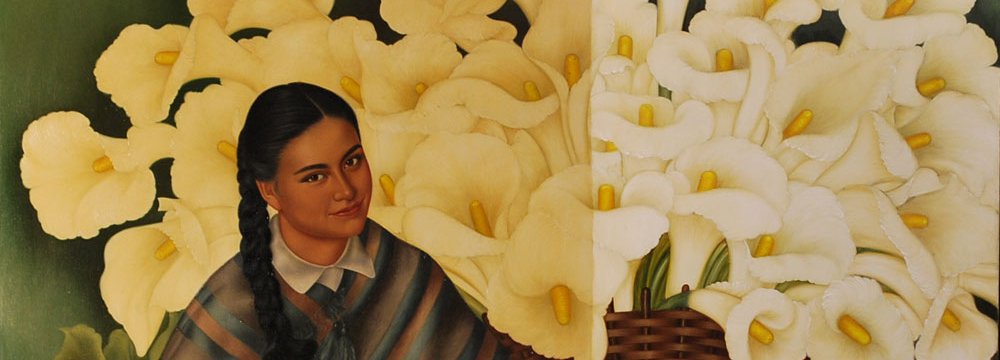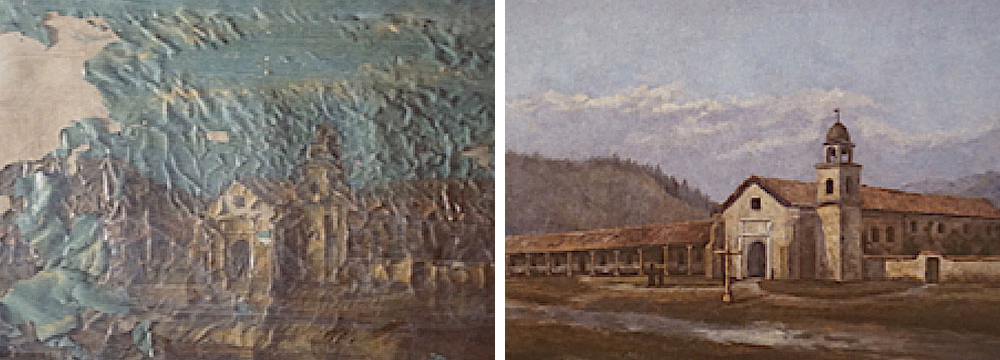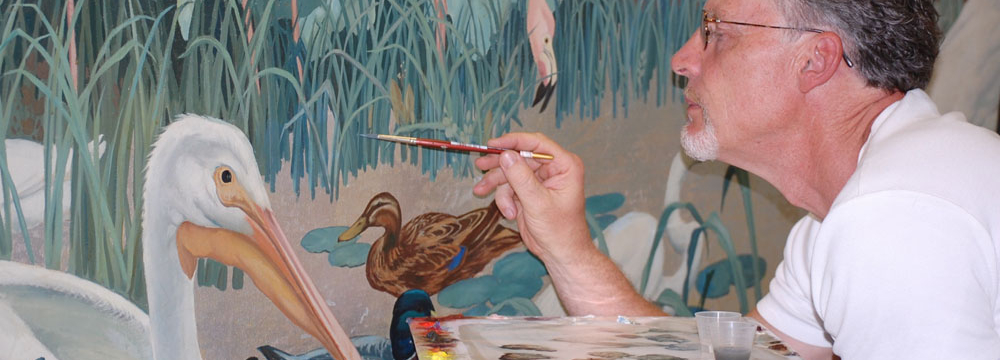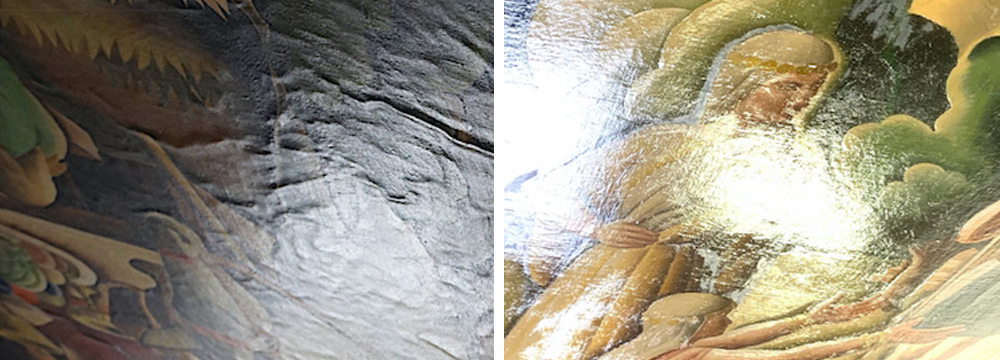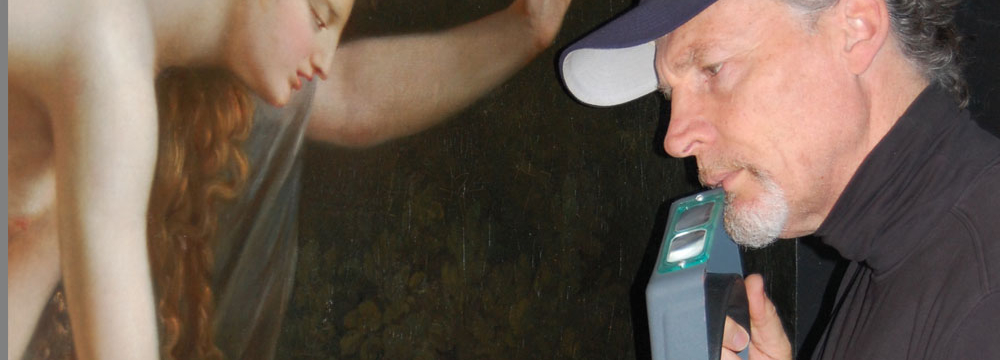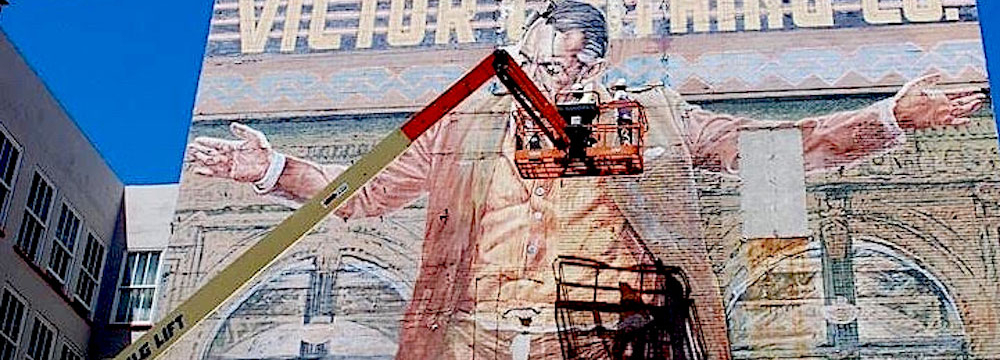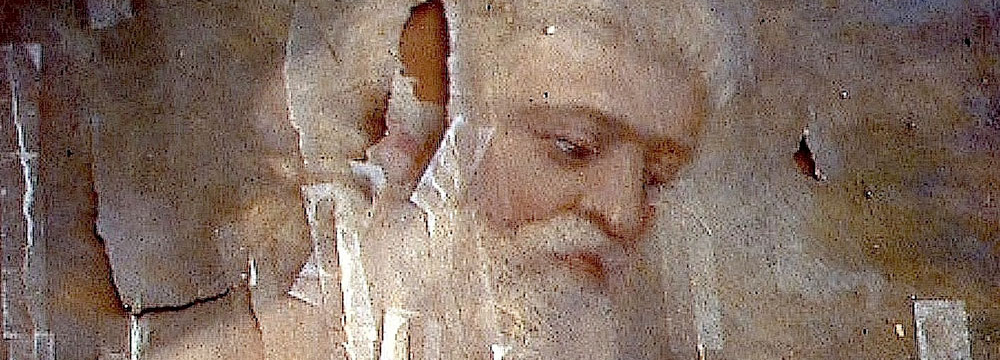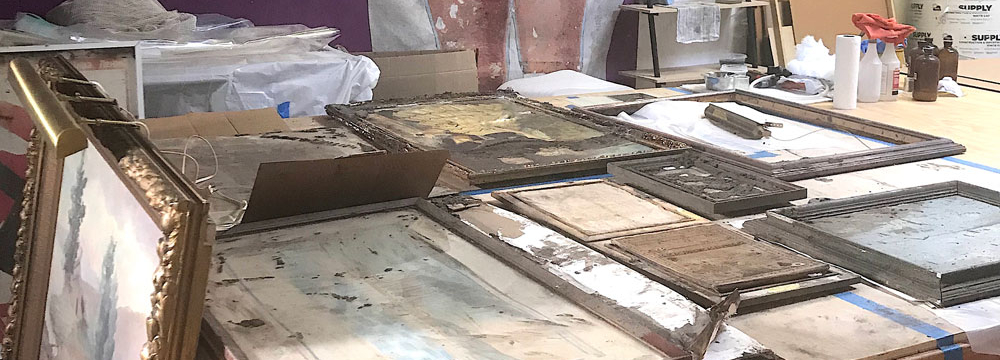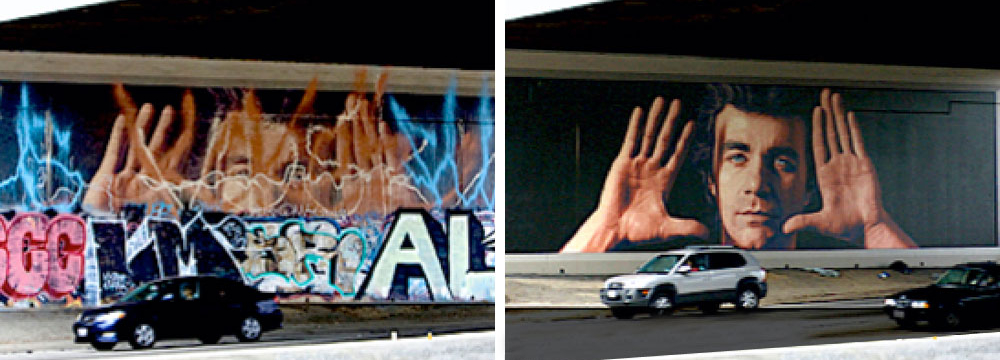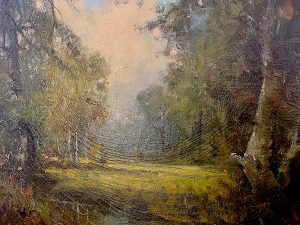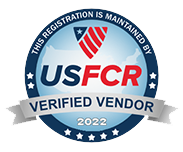What caused it?
How long does it take to show up after the artwork has been hit?
Will it get worse?
How will it get worse?
Will in impact the value?
“My painting got hit! Can I prevent the cracking pattern from forming?!”
These are all good art connoisseurship and art conservation questions that show you are alert and aware. Understanding the answers are good due diligence on your part and increase your depth of connoisseurship and the painting restoration process.
All cracking patterns on oil and acrylic paintings on canvas tell a story or form as a result of a condition. The bulls-eye cracking pattern is particularly easy to notice.
What caused it? Spider-web or bulls-eye cracks (concentraited cracking patterns) are extremely common on oil and acrylic paintings both young and old. There is only one reason they are visible or there is only one way they are formed: the painting got hit, poked, dented, jabbed, pressed on, dinged… in a specific spot, in the middle of the bulls-eye. The patterns reflects the pattern of distribution of stress that occurred on the paint layers when there was impact or a puncture (or rip). Think of a pebble dropped in a pond of still water and the ripple effect and pattern that results. The energy of the impact of the pebble onto the surface of the water creates the pattern. In the case of a work of art, the energy/stress that spreads from the point of impact causes the cracking.
How long does it take to show up after the artwork has been hit? Once the impact/ding/puncture takes place, each painting is different depending on the painting technique: thick vs thin paint, thick vs thin ground layer, content of heavy metal based pigments vs earth pigments etc. I’ve seen the cracking pattern begin to form immediately, I’ve seen it take a few years to develop… and I’ve seen some very thinly painted paintings never develop a cracking pattern. Painting conservation experts can answer many other related questions.
Will it get worse? And how will it get worse? The answer is always “yes.” How severe the cracking will be will depend on the above paragraph plus exposure to heat and humidity with time. The cracking almost always leads to eventual flaking. Part of this equation also depends on how old the artwork is that gets damaged. The older it is the more likely it is that it will crack and flake sooner. Acrylic paint layers seems like they should be more flexible and resistant but 50 years of watching acrylic paintings age tell us this is NOT TRUE, They crack easily but then, after cracking, the paint layers pull apart or seem to shrink and open up a gap. So, they can be more visible and may not go down and disappear when lined. Art restoration treatments often treat these issues.
Will the cracking pattern impact the value? Well, generally speaking, anything that defaces or changes the original appearance of the painting and the intent of the artist changes the value lower. The severity of the cracking pattern changes has a bigger impact on the value. Obviously, it lowers the value because it becomes less desirable to other collectors who may want to buy it.
“My painting got hit! Can I prevent the cracking pattern from forming?!” Or, you may ask, “Can a painting with old cracking patterns be restored to look good (Can the cracking be removed)?” You’ll notice that the bulls-eye cracking pattern is also visible on the back of a painting where the paint layers are pulling on the canvas. In fact, on paintings where the stressed paint can not pull up, like on a panel painting, the bulls-eye cracking patterns do not form. This is proof that a punctured painting, for instance, that receives the proper reinforcementafter the damage will over-ride the cracking patterns and they will not form. In other words, a properly applied liningwill keep a painting from cracking. This also can be the method for removing or restoring an older cracking pattern. The expertise and quality of the lining will make all the difference in the success of the results of the painting restoration treatment.
Questions: Scott M. Haskins, Oriana Montemurro, Virginia Panizzon Painting Conservators 805 564 3438 faclofficemanager@gmail.com
